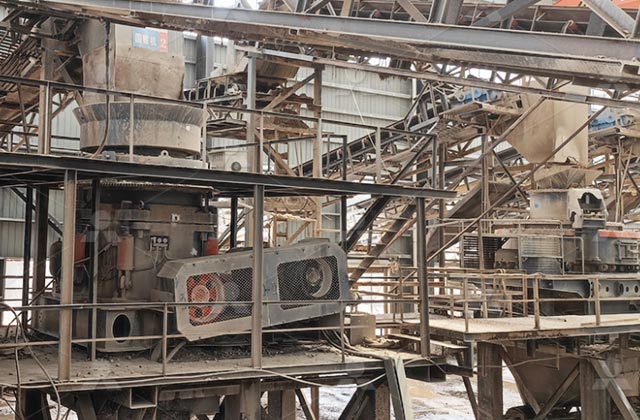types of crusher used in silica sand
Silica sand is a vital industrial material used in various applications, including glassmaking, construction, and water filtration. The crushing process for silica sand is essential to produce the desired grain size and texture. To achieve this, different types of crushers are used in silica sand production, each with its unique features and advantages.
The first type of crusher commonly used for silica sand is the jaw crusher. Jaw crushers are particularly useful for breaking down large silica rocks into smaller particles. They operate by compressing the material between two jaws, one of which is fixed while the other moves in a back-and-forth motion. This crushing action results in coarse to medium-sized sand particles. Jaw crushers are ideal for the initial stage of the crushing process because they are durable, easy to maintain, and capable of handling tough materials like silica ore.
In addition to jaw crushers, impact crushers are another popular option for processing silica sand. Impact crushers use high-speed rotors with hammers or blow bars to strike and break the silica material. This type of crusher is particularly effective for producing fine and medium-sized sand particles. Impact crushers are often used in secondary or tertiary crushing stages when the material needs to be reduced further in size. These crushers can achieve high throughput rates and are efficient at shaping the silica sand particles, making them suitable for applications like glass production, where particle shape is critical.

Another widely used crusher for silica sand production is the cone crusher. Cone crushers work by squeezing the material between a rotating cone and a stationary cone. This crushing action generates a fine, consistent product and is especially useful when there is a need to produce uniform-sized particles. Cone crushers are typically used in the secondary and tertiary stages of silica sand processing, as they can handle larger capacities and produce a finer product compared to jaw crushers. They are highly effective in reducing material size while maintaining a high level of control over particle shape and size distribution.
For producing the finest silica sand, vertical shaft impact crushers (VSI) are commonly employed. VSI crushers use centrifugal force to accelerate the material and then crush it against a hard surface, typically a metal anvil. The high-velocity impact causes the silica material to break into smaller particles, making VSI crushers highly effective for shaping and sizing the sand. VSI crushers are used in the final stages of silica sand production, where the sand needs to have a specific particle size and shape for applications such as manufacturing high-quality glass or specialized filters.
In conclusion, the production of silica sand requires a variety of crushers, each serving a specific purpose depending on the raw material and the desired final product. Jaw crushers, cone crushers, impact crushers, and vertical shaft impact crushers are the most commonly used types of crushers in silica sand processing. The choice of crusher depends on factors such as the hardness of the material, the required particle size, and the desired shape of the sand grains. By carefully selecting the appropriate crusher and optimizing the crushing process, companies can efficiently produce high-quality silica sand for a wide range of industrial applications.
